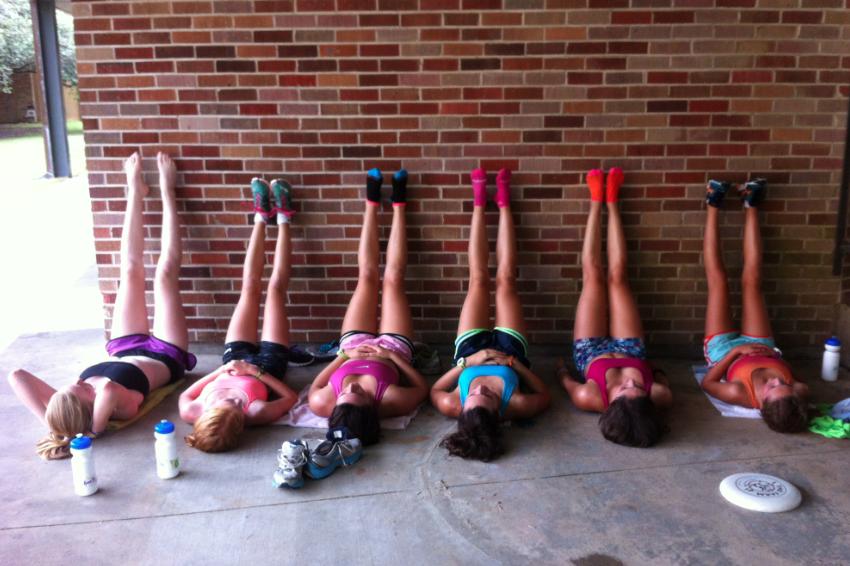How This Helps
Leg Drains are a simple rejuvenation technique that has many benefits: increases circulation and lymphatic stimulation decreases inflammation in the feet, legs & hips, reduces chances of developing varicose veins, stimulates the digestive tract, as well as increases energy and vitality.
Science and Research
Leg Drains can be performed after a workout cool down, or whenever your legs need a little kick start. Leg drains should also be implemented if you stand for work or long periods of time.
How to position into a leg drain:
Find a spot on a wall that is obstacle-free from hip height to the floor. Sit facing the wall then lay on your back and place your feet on the wall. Scoot and swivel yourself closer to the wall until your legs are flush against the wall. Remain in this position for 3-5 minutes. Tingling in the toes and feet are common. Once complete, slowly return your legs to the floor and slowly sit up. Standing too quickly can cause light-headedness. This is an easy exercise for legs for women that can be done at home as well.
What are leg drains?
Leg drains use Legs Up the Wall position is precisely what it states. You have to lie on your back with your sit-bones as near the wall as is comfortable for you. From there, you stretch your legs up the wall, so the backs of your legs are resting completely against it. In more curative variations of the posture, you might have blocks below your hips to lift them, creating a small inversion on your lower abdomen, and a strap securing your legs together so you could fully relax and release to the pose, without needing to apply effort to hold up your legs.







